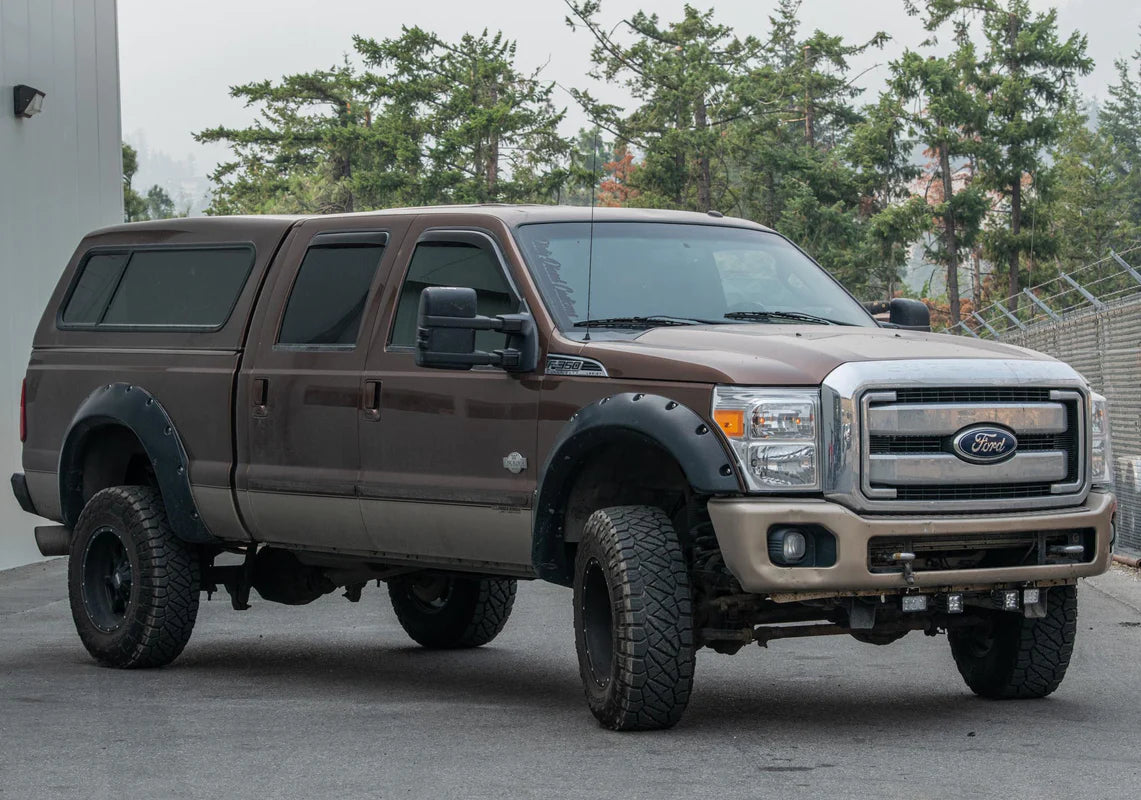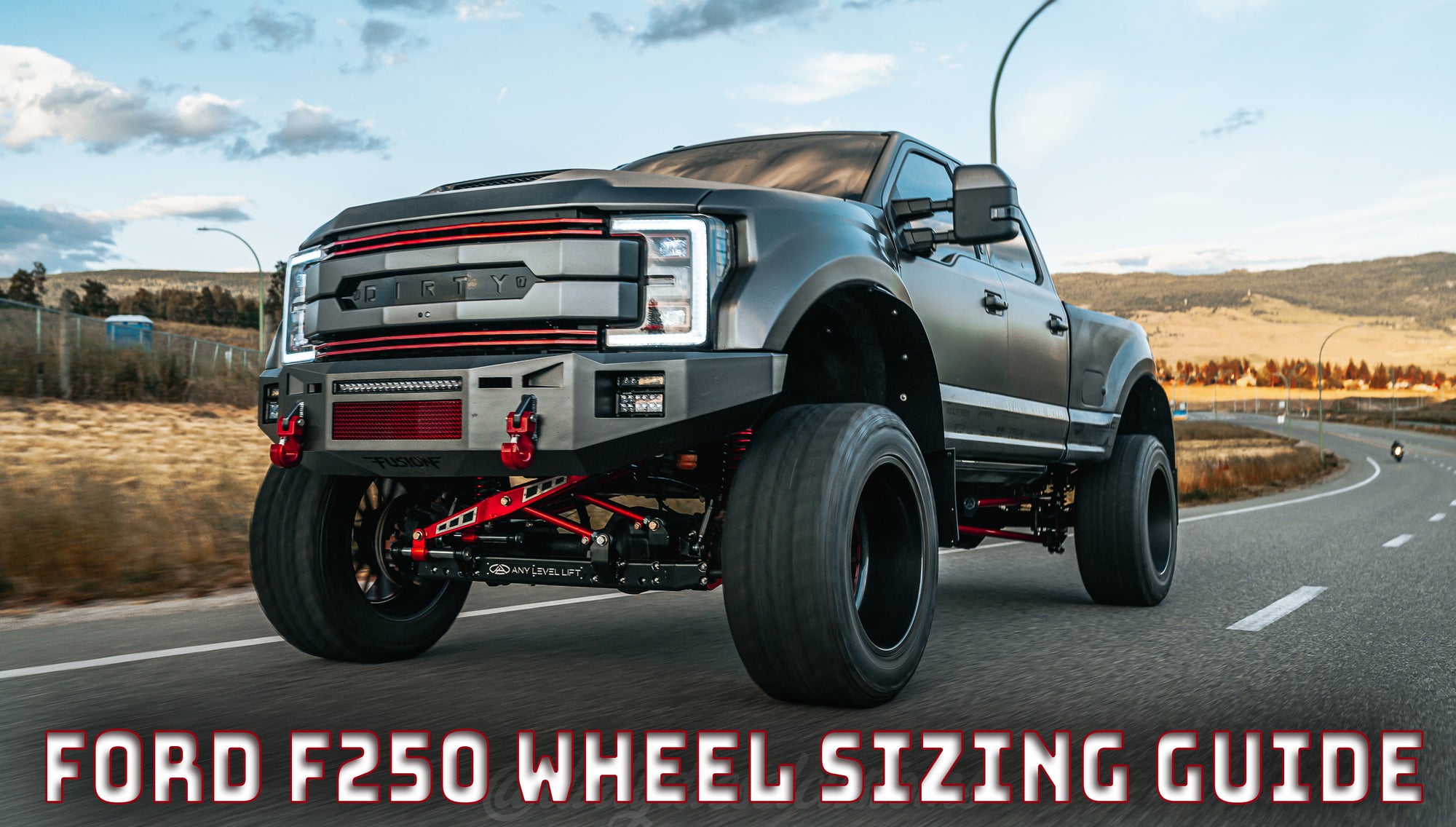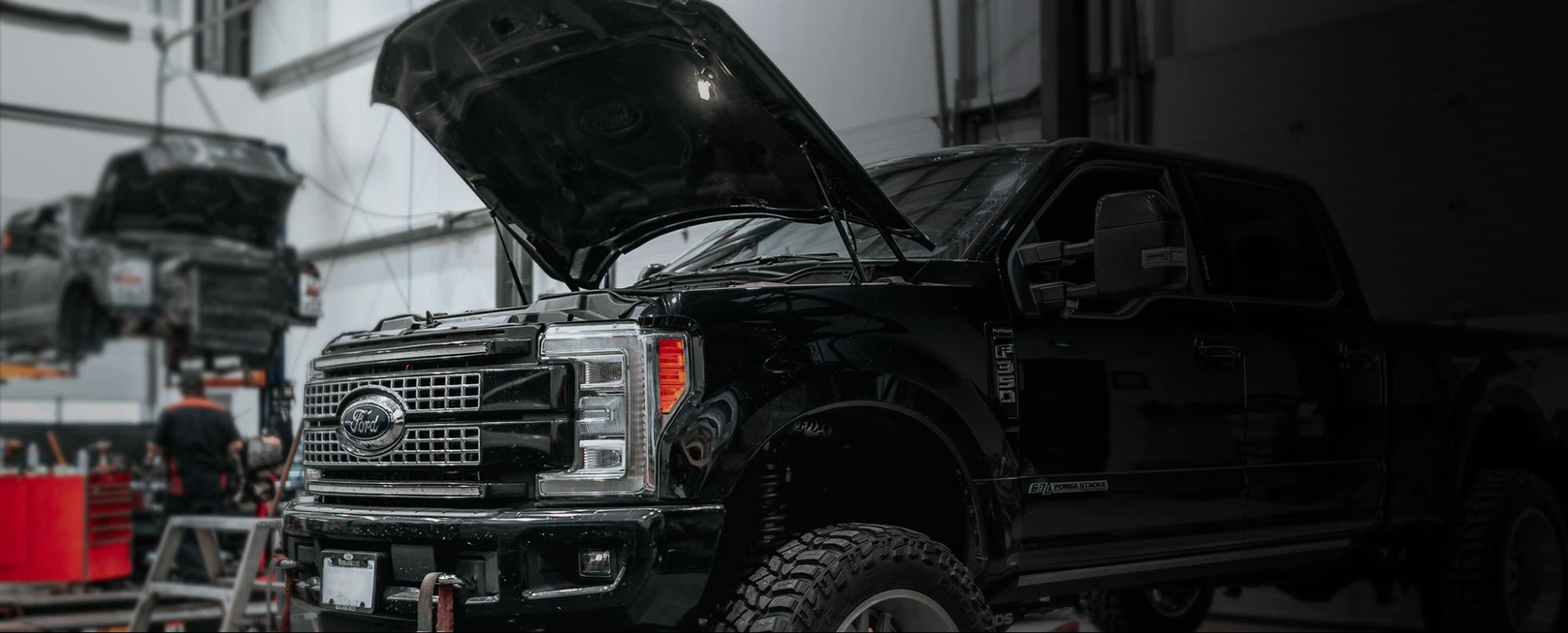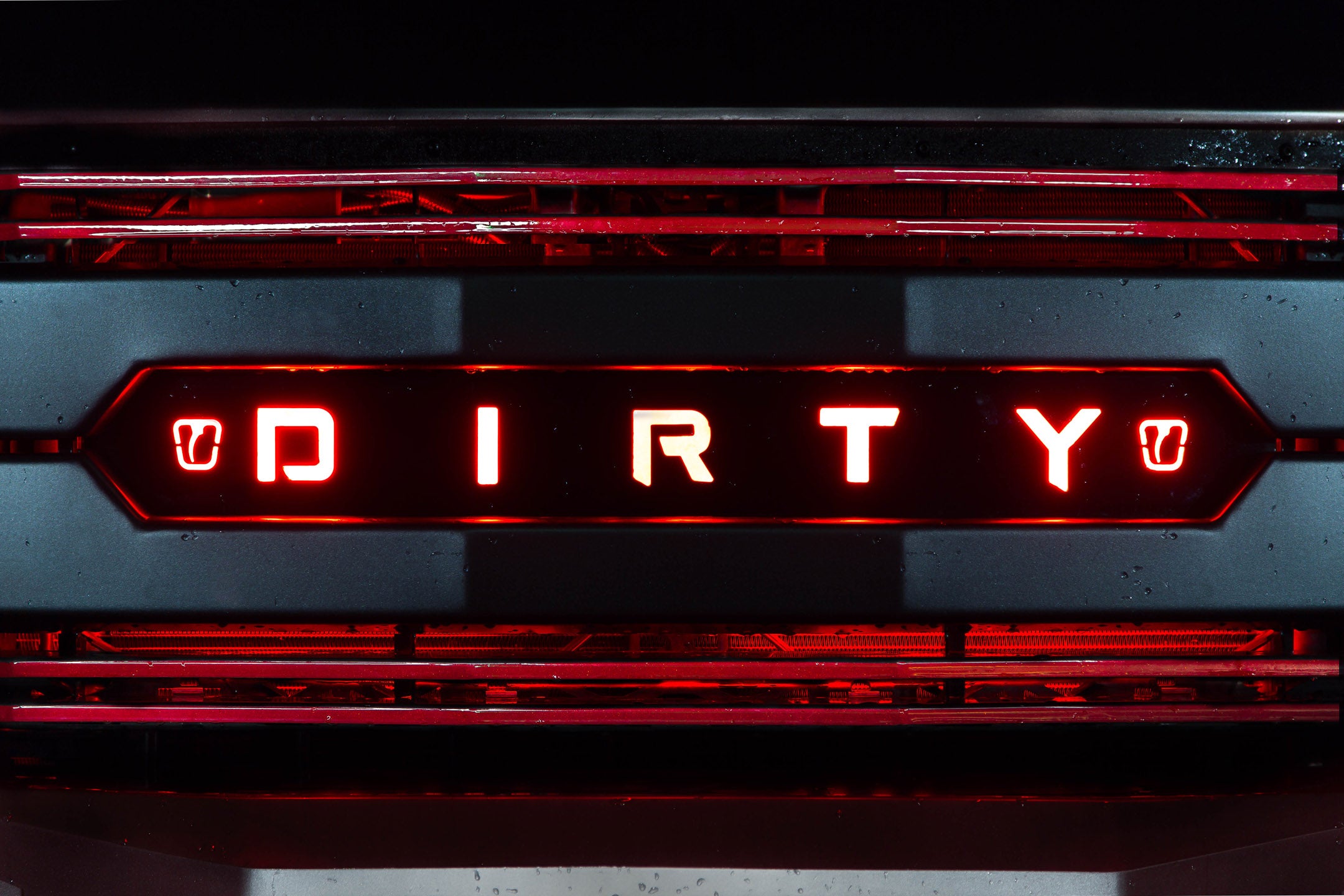Following up the 6.4 Powerstroke, the 6.7L had some skeptical eyes upon it. Needing to match the monster of power that was the 6.4, while adding maybe a smidge more reliability. The 6.7L marked some big changes for Ford as they separated engine production from International to an internal engine so they could be in charge of quality control. Overall, we would say that their efforts were successful with the 6.7L still on offer today making over 1200ft.lbs of torque from the factory!
Don't want to read it all?
The 6.7L Powerstroke
Ford started the design of their engine in 2008 under the project name “Scorpion” to compete with the Isuzu based Duramax and the long standing Cummins platform. This engine had to stick, so they redesigned every facet of the engine. Since the 6.7L would have the exhaust manifolds placed in the V of the engine, they designed the first reverse flow aluminum diesel heads which directed air out of the head into the valley of the engine and directly to the turbo rather than route it out of the side and up the back into the turbo through up-pipes. This increased turbo response and reduced engine heat, and by keeping that heat energy condensed into one small area, we really saw the turbo come to life quickly.
Ever heard of a Ford blowing a head gasket? Ford had too, so instead of the 4 bolts per cylinder previously deployed, Ford employed 6 bolts per cylinder of clamping force. Countless other design changes from a dual wheel design on the compressor side of the turbo, dual water jackets, separated cooling systems of the engine and accessories like the EGR/transmission/charge air cooler to ensure no cross contamination and precise operating temperatures. Dedicated rocker arms for each valve was introduced in response to the failures of the bridge setup seen in the 6.4.
All of these changes were made with the expectation that the horsepower wars were going to continue in the diesel truck world, so room for improvement and longevity was designed form the get-go.
6.7L Problems
As much as this may sound like uninterrupted praise, we can’t help but commend the rotating assembly which often offers little to no problems, it’s only the accessories bolted to the engine that we see offering problems. The early 2011 blocks being the only exception to that statement.
Valve SeatsEarly 2011 trucks with their engine made before 3/29/2011 can have valve seat failure issues where it will chip off, sneak past the valve and break off the glow plug tip. With the glow plug tip bouncing around, it’ll quickly take out the head and bottom end resulting in an entire engine replacement... Not good! Avoiding early trucks or buying one that has had the motor replaced is a safer bet than rolling the dice with an early block.
Oil Pan & TurbochargerAfter that, 2011-2012 trucks also got the short end of the stick with a plastic oil pan, that often leaks and a ceramic ball bearing turbocharger, which often fails. Both of these can be fixed with aftermarket options like a metal oil pan and a later model turbocharger. The 15-16 or 17+ turbochargers are both great options to give your Powerstroke late model levels of power as well as increased reliability. If you’re looking to keep it stock, you can stick with an OEM replacement unit as well which have all been updated away from the early turbos problematic bearings. There aren’t too many of these trucks still on the road with the original turbocharger, but if you find one, just beware.
Exhaust ManifoldsAnother thing we have seen come up as time goes on is the exhaust manifolds warping and breaking bolts. You will first notice this as a squeal when cold and mainly while under load. The metal gaskets between the cylinder head and the manifolds start vibrating when there is a leak and they will tend to sound like a fan belt slipping. There is a great solution to this from BD with a pair of heavy duty cast manifolds that come with everything you need to replace your stock ones, including new hardware. This isn’t a huge job, but it’s a full day at your local shop which can cost you a over a thousand bucks.
CP4The other calling card of the 6.7 is these trucks were the first to debut the CP4 injection pump which really seemed to be the big step in the injection pump game. But I’m sure you know the story there, the CP4 pump is known to catastrophically fail from the inside, sending shrapnel and debris into your injectors giving you a 10,000$ bill to repair it. Shit….
Solving a CP4 pump is an article all on its own so we’d recommend you check that out separately, but there are solutions that you can use as bartering chips when buying. Click here to view the CP4 Pump Failure Article
Are they a good value?
Buying one of these trucks and budgeting for their potential problems can leave you with a really stout starting platform. The 6.7L debuted the 6R110 which holds a great amount of power reliably, the base rotating assembly will hold up to quite a bit of power and miles as you replace the ancillaries and with the engine being based off the same architecture as the current trucks the aftermarket support and options are endless!
Keeping it stock gives you the same peace of mind knowing that the shortcomings associated with the truck can be fixed incrementally while leaving you with a dependable truck you can rely upon.
If you’ve been considering an early 6.7L, this should help you know what to look out for and gauge whether the one you’re looking at is worth your time. They can be great for work or pleasure and you can save yourself almost all headaches if you’re proactive as a buyer or owner. This generation truck with a pump conversion and turbo upgrade can save you having to shop for a newer truck for years to come.





